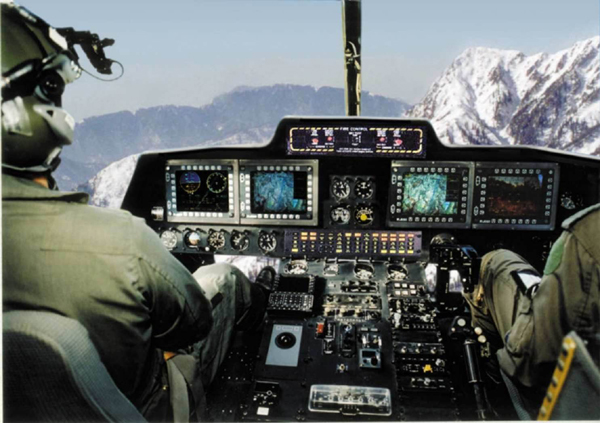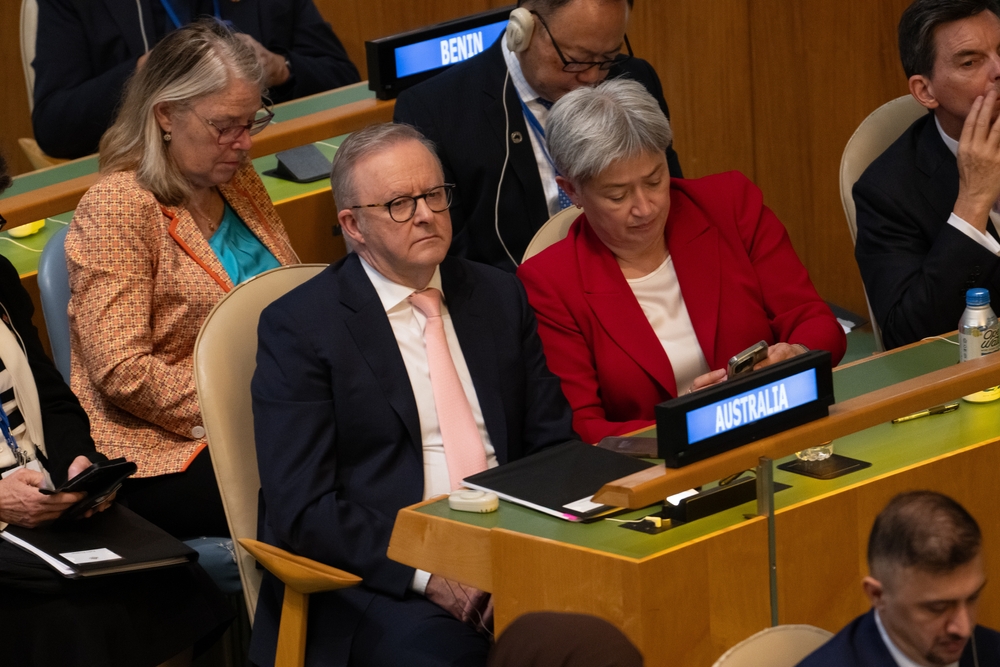UPDATES
Israeli defence relationships in Asia… and Australia
June 5, 2012 | Ahron Shapiro

The influential trade publication Defence Review Asia has reported strong growth for Israeli weapons system sales to a number of Asian and Australasian countries, including right here in Australia.
The story, which was published on Sunday, focused on burgeoning trade between Israel and India, but also looked at deals with Singapore and South Korea, among others.
“India is one of the largest export markets for the defence and aerospace sector – with at least US 2 billion worth of deals under negotiations at this time,” the article read.
Israel Aircraft Industries (IAI) is working to develop an unmanned helicopter and early warning system for India. According to the article, Nova, a joint venture between IAI and a subsidiary to India’s Tata that was started in 2009 is ramping up its activity, bidding on an increasing number of new tenders by the Indian military.
India is also in the market for Israeli drone technology, as well as missile systems for its Navy, according to the article.
The story also updated readers on Israeli defence contractor Elbit’s projects in Australia
In 2010 they were awarded a US$ 298 million for the supply, integration, installation and support of a Battle Group and Below Command, Control and Communications (BGC3) system for the Australian Army’s Land 75/125 program. The BGC3 comprises a Battle Management System (BMS) for soldiers, Vehicle Mounted Commanders and Headquarters/Command Post Staff.
This project,will enable the Australian Army to achieve a major portion of its defence network centric warfare milestone of a networked brigade with cutting edge technology in battle management and communications systems.
Also, according to the story, Thailand has purchased an Israeli drone for evaluation towards a possible future purchase. The magazine also reported at least US $50 million in sales from Israeli defence contractors to undisclosed Asian countries which chose to keep the sale under wraps.
The article goes on to report on the state of defence trade between Israel and South Korea. While the impact of Israel’s decision in February to purchase an Italian jet trainer over a South Korean model in a highly sought-after deal has yet to be determined, until recently the trade between the two countries has been brisk.
Around the same time that story broke, however, Israeli Defence Minister Ehud Barak attended the annual air show in Singapore, in a signal that Israel continues to cultivate Asian ties and value their business.
Meanwhile, Israel’s growing ties with India – including their defence ties – set the background for another story this week.
When India’s Viswanathan Anand and Israel’s Boris Gelfand squared off in the final of the World Chess Championship this month in Moscow, it was symbolic of the deepening cultural and economic bonds between the two countries, wrote noted Indian-born columnist and author Sadanand Dhume in Tablet Magazine.
In the 20 years since the two countries established full diplomatic relations, two-way trade has rocketed from an anemic $180 million to an estimated $5 billion. A trip to India after compulsory military service is now a rite of passage for many young Israelis: About 40,000 of them visit India each year. (Though it isn’t clear how many carry chess boards in their backpacks.) Israeli and Indian technology and pharmaceutical firms have invested in each others’ economies.
Four years ago, scientists in southern India launched Tecsar, an Israeli spy satellite reportedly aimed at improving the monitoring of Iranian military movements. The following year, India launched a modified version of the satellite bought from Israel for itself.
Over the past decade, Israel has emerged as one of India’s biggest arms suppliers-second only to Russia, by some estimates-and India in turn is one of the Israeli defense industry’s largest export markets. Among India’s purchases: surveillance drones, surface-to-air missiles, advanced artillery, airborne radar, and sensors to track cross-border infiltration by terrorists into Indian Kashmir. The two countries are also working together on a joint missile-defence program.
Ahron Shapiro





